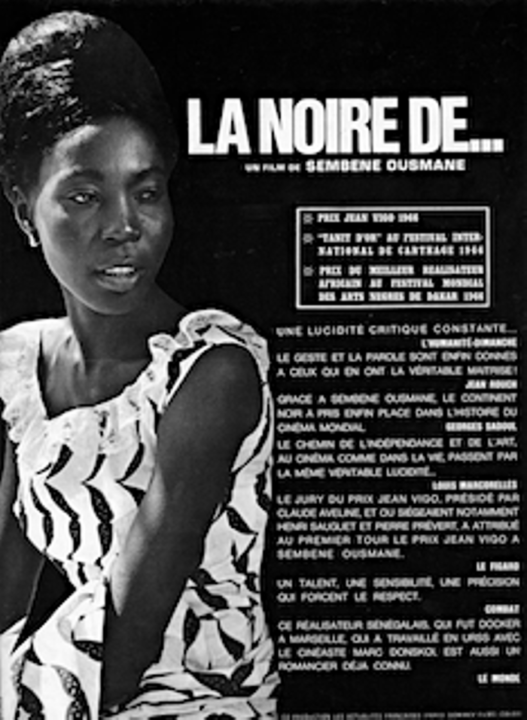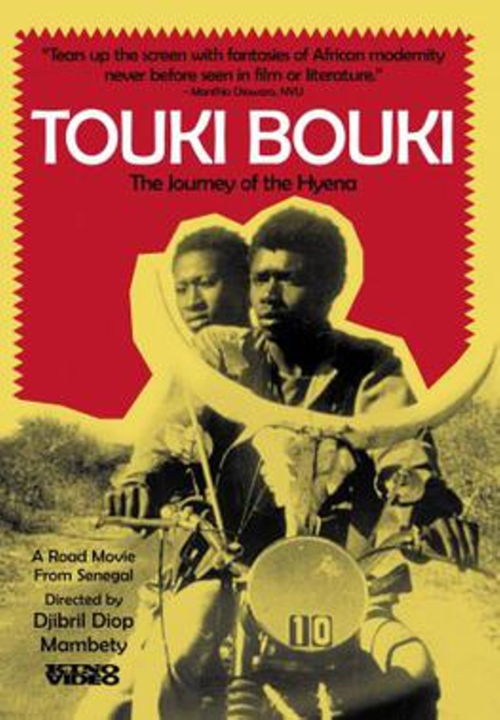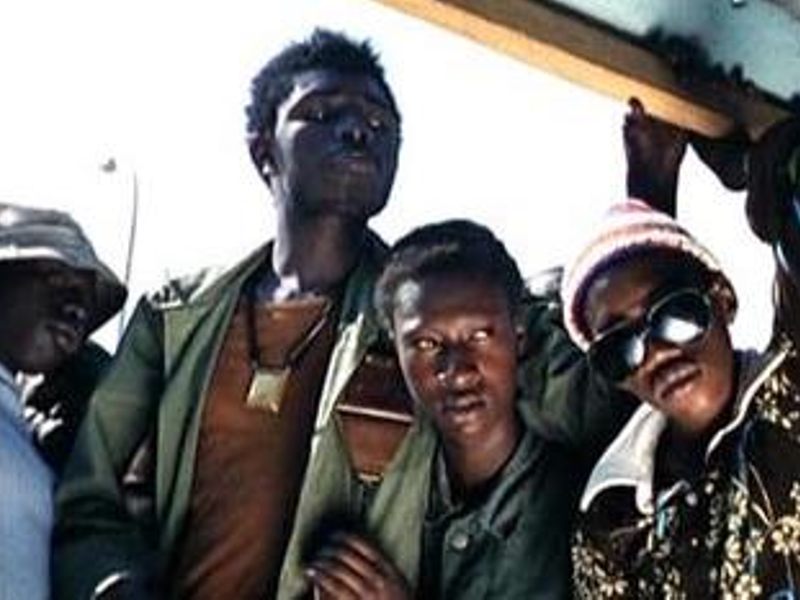Image: Still from the film, Touki Bouki. Source: Wikimedia Commons
When we think of African cinema and theater, Senegal might not be the first name that comes to mind. However, this vibrant West African nation has a rich and storied history of artistic expression that has significantly contributed to the world of film and theater. In this blog, we’ll take you on a journey through Senegal’s remarkable cultural landscape and explore how this nation has made its mark on the stage and screen, creating a legacy that resonates far beyond its borders.
The Birth of Senegalese Cinema
Senegal’s cinematic journey began in the early 20th century, well before many other African countries. It was Ousmane Sembène, often referred to as the “father of African cinema,” who lit the torch. In 1966, he released the groundbreaking film “La Noire de…,” also known as “Black Girl.” This powerful and thought-provoking film examines the plight of a Senegalese woman who moves to France to work as a domestic servant and the subsequent alienation she experiences.
“Black Girl” was not just a Senegalese sensation; it reverberated worldwide, earning critical acclaim and sparking the birth of African cinema as we know it today. Sembène’s storytelling prowess, unflinching social commentary, and dedication to giving a voice to the marginalized set the stage for future Senegalese filmmakers.

Image: Poster for Black Girl. Source: Wikimedia Commons
Senegalese filmmakers like Djibril Diop Mambéty and Mahama Johnson Traoré continued to shape the African cinematic landscape in the 1970s and 1980s. Mambéty’s “Touki Bouki” (1973) remains a classic, depicting the journey of two young lovers who dream of escaping Senegal for the greener pastures of France. His unique storytelling style and visually captivating scenes set a new standard for African cinema.

Image: Poster for Touki Bouki. Source: Wikimedia Commons
Mahama Johnson Traoré, on the other hand, explored the struggles of urban life in his 1982 film “Soleil Ô.” Senegalese film directors have continued to make their mark in contemporary cinema. The works of directors like Alain Gomis and Mati Diop have garnered attention and accolades on the international stage.

Image: Poster for Soleil Ô. Source: Wikimedia Commons
Themes in Senegalese Cinema and Theater
The themes explored in Senegalese cinema and theater are often deeply rooted in the country’s history, culture, and societal challenges. These themes resonate with audiences both within and on the global stage, making Senegalese works highly relevant and impactful.
- Cultural Identity: Many Senegalese productions explore the complexities of cultural identity in a rapidly changing world. They often depict the tension between preserving traditional values and embracing modernity.
- Colonialism and Independence: The legacy of French colonialism plays a significant role in the narratives of Senegalese cinema and theater. These stories shed light on the struggles and triumphs of the country’s path to independence.
- Social Issues: Senegalese artists frequently address pressing social issues, including poverty, inequality, and access to education and healthcare. Through their art, they challenge societal norms and advocate for change.
- Traditional Values and Modernity: The tension between traditional values and the influences of globalization is a recurring theme in Senegalese creative works. This struggle reflects the broader African experience in the 21st century.
A Growing Industry
In recent years, Senegal’s film and theater industry has continued to thrive and evolve. The country has seen a surge in the production of diverse and compelling content, attracting not only local audiences but also international distributors and platforms. As technology and access to resources have improved, more Senegalese filmmakers and playwrights can bring their visions to life.
Furthermore, the international film and theater communities increasingly recognize the importance of supporting African voices and stories. Festivals like the African Film Festival of Tarifa and the Dakar International Film Festival provide a platform for African creatives to showcase their work and engage with a global audience.
Collaborative Initiatives
Senegal has also been at the forefront of collaborative initiatives to foster creativity and cultural exchange. The FESPACO (Pan-African Film and Television Festival of Ouagadougou), held biennially in Burkina Faso, has been a vital platform for showcasing African cinema. Senegal has consistently participated in and supported this event, further solidifying its commitment to the African film industry.
Additionally, Senegal has worked to build partnerships with other countries and international organizations to promote the development of the arts. These collaborations have led to co-productions, international funding, and cross-cultural exchanges that benefit the industry.
Conclusion
Senegal’s contributions to African cinema and theater are nothing short of remarkable. From the pioneering work of Ousmane Sembène to the innovative storytelling of Djibril Diop Mambéty, the country has consistently pushed the boundaries of artistic expression. The themes explored in Senegalese creative works reflect the nation’s complex history and vibrant culture, resonating with audiences worldwide.
As Senegal’s film and theater industries continue to grow and evolve, they serve as an inspiration to aspiring artists across the African continent. Through their storytelling, they challenge stereotypes, celebrate African diversity, and highlight the universal aspects of the human experience. Senegal’s cultural influence in cinema and theater is a testament to the power of storytelling and the enduring legacy of those who dare to share their voices and perspectives with the world.

Anand Subramanian is a freelance photographer and content writer based out of Tamil Nadu, India. Having a background in Engineering always made him curious about life on the other side of the spectrum. He leapt forward towards the Photography life and never looked back. Specializing in Documentary and Portrait photography gave him an up-close and personal view into the complexities of human beings and those experiences helped him branch out from visual to words. Today he is mentoring passionate photographers and writing about the different dimensions of the art world.





